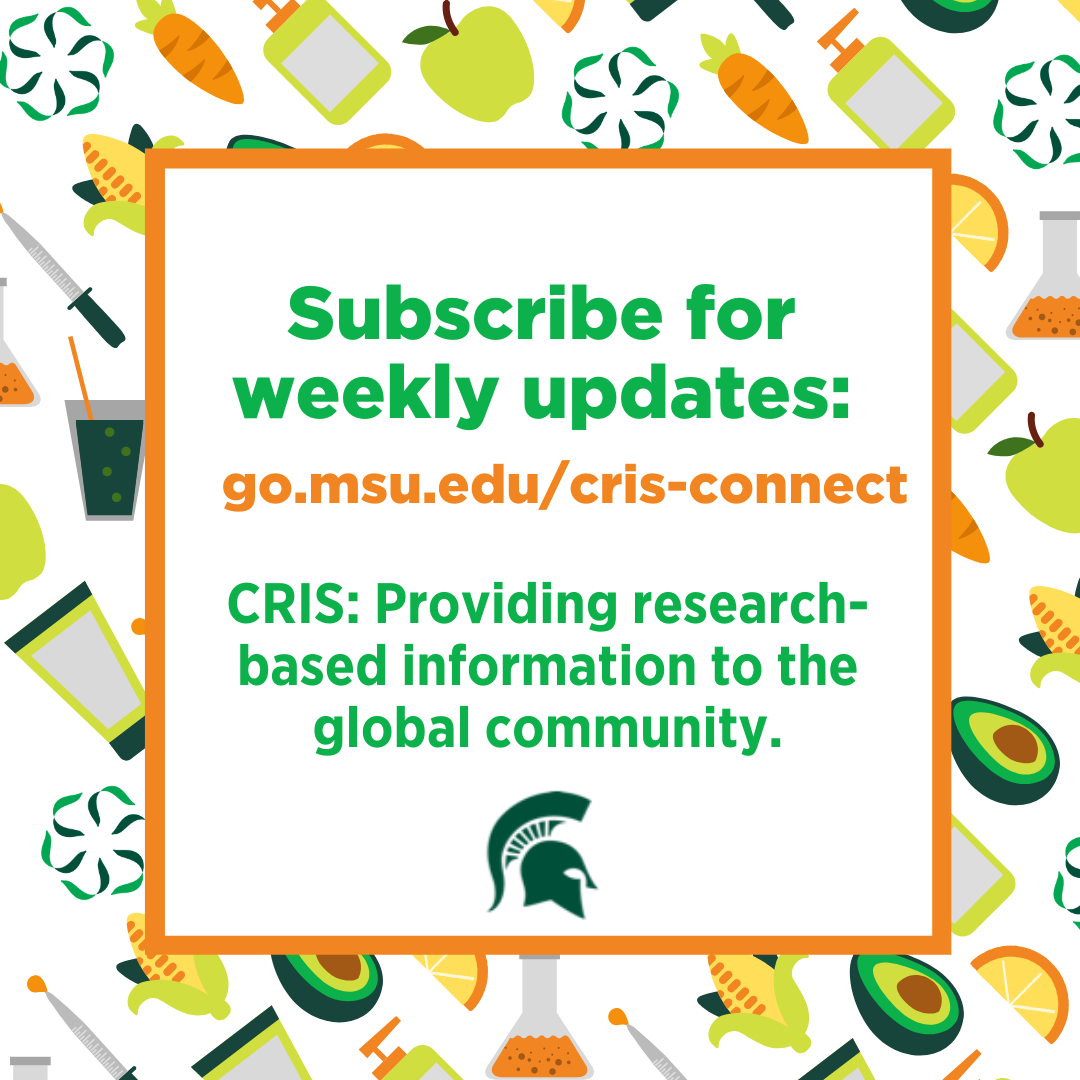Trace Contaminants & Residues – An Overview
In this series, we explore trace contaminants and residues that can make their way into our food and water system. In this post, we’ll give a general overview of trace contaminants and residues.

What are trace contaminants & residues?
Trace contaminants and residues are incredibly small particles or microorganisms that can make their way into our food system. These particles or microorganisms can include anything from bacteria to pesticides to minerals found in or on consumables like food and water.
Are they harmful?
As with all chemicals (remember everything is a chemical!), the dose makes the poison.
Harmful trace contaminates and resides typically have a toxicological profile meaning they can cause adverse health impacts if consumed in significant quantities. For example, a small amount of pesticide residue may not cause any harm, but a large amount of the pesticide could cause significant adverse health outcomes.
It’s essential to keep in mind that the specific contaminant or residue, the amount consumed, and the duration it’s consumed determines the harm.
What types of contaminants and residues exist?
There are three main contaminant categories:
- Natural
- Human-made
- Human introduced natural contaminant
Natural contaminants consisted primarily of plants, fungi, insects, bacteria, viruses, and more.
Human-made contaminants can include pesticides, unwanted by-products like acrylamides (formed naturally when cooking), and pollutants such as polybrominated bipheyls (PCBs) in certain fish.
Human-introduced natural contaminates typically describe metals or other elements like arsenic, an ingredient farmers regularly used as a natural pesticide in apple orchards decades ago but can still be found in some soils and can make their way onto or in foods and water.
Why do they exist, and why are they allowed?
Our world is not sterile, and we depend on numerous technologies to support our food and water systems. It’s not currently feasible to eradicate all contaminants and residues and still maintain our critical systems.
Scientists and regulators create thresholds and policies to ensure the ingredients we’re exposed to, and the level to which we’re exposed remains safe. They do this through many activities including research, risk evaluations, development of safety protocols, regulations and more (1,2,3,4).
How do residues and contaminants make their way into our food and water system?
Our food and water can be contaminated at any stage of the food web and supply chain. It can occur:
- in nature from the environment.
- from farming methods.
- during processing on an industrial scale.
- during food distribution.
- on our plates at home or in a restaurant.
Does the government regulate contaminants and residues?
Yes, in the United States the Food and Drug Administration (FDA), Environmental Protection Agency (EPA) (1,2), and the Department of Agriculture (USDA) have strict guidelines regarding contaminant and residue levels allowed in or on foods and water.
Agencies work with scientists to establish contaminant and residue thresholds many magnitudes lower than what is known to cause harm based on the current state-of-the-science. Additionally, the levels found in food and water systems are often significantly lower than what is allowed by the already safe threshold.
How do food and beverage manufacturers ensure these contaminants and residues aren’t in our products at harmful levels?
As we’ve discussed in a prior post, Current Good Manufacturing Practices help keep our food and water systems safe from many harmful substances.
If a contaminant or residue is found, does that automatically make the consumable harmful?
No, in fact, emerging technology and fields of study like non-targeted analytical chemistry can detect hundreds to thousands of contaminants at harmless, minuscule levels. Researchers are learning more about the application of non-targeted analysis and how they can apply it to our food system.
One important note, detecting a contaminant or residue does not mean it’s harmful. We must always take into consideration the contaminant, the amount, and the duration of exposure before we can determine if something will cause an adverse health impact.
The good news.
The more we understand how contaminants and residues can impact or not impact our health, the better we become at making decisions based on facts rather than fear.



 Print
Print Email
Email





